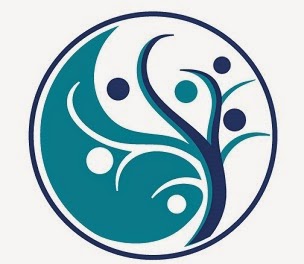I’m a mom of two boys… well large boys… actually “boys” recalls freckled-faced, kids with skinned knees and untied shoelaces… they’re a full head taller than me and closer to young men. And better yet, I’m hesitantly (wishfully?), thinking (praying?) that the trying teenaged years are almost over and my job as a parent is about to get much easier.
Is there a parent of teenagers who hasn’t at least once, shook his/her head and said, “What were they thinking?!” after their teen did something you never expected of him/her. Most of the time, we say this beaming with pride, because they’ve shown unexpected grace, altruism and maturity. Once every blue moon, our expression is disbelief and exasperation as our normally intelligent, rationale and responsible child has for some unknown reason done something uncharacteristically foolish, dangerous or reckless. Whether the issue is drug use, ignoring rules, or irresponsible risk-taking, we ask ourselves, “What did I do wrong?” We tried to teach our child right and wrong, good decision-making. “Wasn’t he/she listening? Wasn’t I clear?”
Sometimes the answer is simply that yes, we taught good values and gave our child freedom incrementally when he/she demonstrated responsibility… but for some unfathomable reason, in the moment, all that was forgotten. So, “What were they thinking?!” The answer is that they weren’t thinking… at least not in the rational, logical way we’ve come to expect of them. And this is perfectly normal. The adolescent brain sometimes functions just like our adult brain does. But under certain conditions (like emotional arousal) adolescents make decisions using different areas of the brain that don’t operate in the same logical methodical way… so they weren’t thinking-- at least not how we expect them to. And not only is this unavoidable, but it’s developmentally normal.
However, if we can understand what triggers this change in thinking we can look at the situation from a different perspective and achieve better solutions. It may also surprise you to know that while our kids may look not like adolescents, but rather young adults, their brain doesn’t achieve full adult maturity until well into their 20’s. So your 22 year old, 6'4" son may occasionally leave you shaking your head with wonder. Remember... this is normal, but if we can understand their decision process we can parent more effectively. Want to learn more?
However, if we can understand what triggers this change in thinking we can look at the situation from a different perspective and achieve better solutions. It may also surprise you to know that while our kids may look not like adolescents, but rather young adults, their brain doesn’t achieve full adult maturity until well into their 20’s. So your 22 year old, 6'4" son may occasionally leave you shaking your head with wonder. Remember... this is normal, but if we can understand their decision process we can parent more effectively. Want to learn more?




